Kim Jong-un’s trip to Beijing and his speech on January 1 showcased a confident North Korean leader prepared to continue engaging in diplomacy, but on his own terms and in ways that will shake the alliance between Washington and Seoul and further weaken Beijing’s resolve on sanctions implementation, writes Jung Pak. This piece originally appeared on Lawfare.
Kim Jong-un is in China this week to kick off the new year. The visit is his fourth in the past 10 months, and reinforces the message he delivered in his annual New Year’s speech just a week ago. Amid the ongoing stalemate in U.S.-North Korea talks on denuclearization, uncertainties about the how much further inter-Korean ties can progress without the lifting of sanctions, and planning for a potential second summit between President Trump and Kim Jong-un, analysts hoped that Kim’s personal commentary could provide clues on the trajectory of diplomacy in 2019.
Kim’s trip to Beijing and his performance on January 1 showcased a confident North Korean leader prepared to continue engaging in diplomacy, but on his own terms and in ways that will shake the alliance between Washington and Seoul and further weaken Beijing’s resolve on sanctions implementation.
Anatomy of the speech
Parsing Kim Jong-un’s New Year’s Day speech to detect any shifts in tone and policy is an annual ritual for North Korea watchers. The speech reviews the regime’s successes of the past year and uses boilerplate language about the need to strengthen ideological training and improving the economy. It also typically mentions inter-Korean relations and the United States, and exalts the country’s national defense, including its nuclear weapons program. Kim Jong-un has taken to delivering the annual address himself, reviving his grandfather Kim Il-sung’s practice, rather than using the written joint editorial format like his father Kim Jong-il, who avoided public speaking. Kim’s public appearance means that in international scrutiny also focuses on his appearance: his clothing, mannerisms, and how much weight he has gained or lost given the family’s history of diabetes and stroke.
Kim’s annual speech is an evaluation of the regime’s performance, with a list of accomplishments (mostly his), challenges (mostly blamed on the United States), goals, and developmentals (mostly for his officials). It often comes across like a set of New Year’s resolutions, setting out unreasonable expectations that are broken quickly, even within days. For outsiders analyzing the North Korean leadership’s intentions for the coming year, it is a Rorschach test; one’s conclusions about the speech is shaped by the watcher’s assumptions, the current political environment, and his or her own ideological inclinations.
The New Year address can be useful for predicting the coming months, but not always. In 2017, Kim announced that North Korea had “entered the final stage of preparation for the test launch of intercontinental ballistic missiles.” This was true, and he tested ICBMs later that year. In 2018, he said the U.S. “mainland is within range of our nuclear strike and the nuclear button is on my office desk all the time,” amping up the harsh rhetoric and escalating the confrontation with President Donald Trump amid fears about a potential military conflict. But this proved to be more rhetoric that a real threat. Around the same time, he also began to engage in a flurry of summits, improving relations with South Korea, reviving ties with China (which he had held at arm’s length since he came to power in December 2011), and holding an amicable meeting with Donald Trump.
Much of the credit for Kim adjusting his approach is owed to President Moon of South Korea, who seized on the conciliatory parts of Kim’s speech and downplayed Kim’s promise to “mass-produce nuclear warheads and ballistic missiles.” Moon eagerly sought to build personal, political, and economic ties with the Kim regime, in large part to quiet the drumbeat of war. Moon’s initiative and Kim’s willingness to go along turned down the temperature, with Moon acting as midwife to the unprecedented U.S.-North Korea summit in June 2018.
Kim’s theme for 2019: Shedding isolation for diplomacy
For 2019, Kim indicated that he was still interested in engagement, which is good news. He ticked off the list of high-level meetings in 2018 and celebrated the unity of socialist countries, citing his meetings with the Chinese President Xi Jinping and Cuban President Miguel Díaz-Canel. He boasted about various cultural and athletic exchanges with a number of countries, almost as if to thumb his nose at the Trump administration’s maximum pressure campaign that sought to economically and politically isolate the regime. His recent trip to Beijing suggests that he plans to have multiple high-level exchanges with Chinese leaders this year.
Kim also said he was willing to meet again with Trump, but warned that “if the United States does not keep its promise in our international community and misinterprets our patience and intention and continues with the sanctions, then we have no choice for the sake of our national interest and the peace of the Korean Peninsula but to come up with new initiatives and new measures.” The South Korean Blue House and Donald Trump decided to focus on the positive in Kim’s message, the former touting Kim’s speech as having a “positive effect on resolving the Korean Peninsula issue smoothly in the new year.” Trump tweeted, “I also look forward to meeting with Chairman Kim who realizes so well that North Korea possesses great economic potential!”
South Korea’s sanguine response was not surprising. Moon has been busy trying to maintain the momentum of last year’s diplomatic engagement. Trump’s tweet reflects his desire to convey progress on North Korea and to show that his personal relationship with Kim is strong, despite the fact that the United States and North Korea have not been able to reconcile their definitions of denuclearization or the sequence in which the two sides would take additional steps. For example, while Washington has called for Pyongyang to completely abandon its nuclear weapons program and allow intrusive inspections, the Kim regime has insisted on “denuclearization of the Korean Peninsula,” a reference to U.S. extended deterrence in East Asia.
The speech had some other tantalizing bits about North Korea’s nuclear program that appears to have been enough to keep Washington and Seoul invested in the engagement process. Kim said that he and his regime “declared at home and abroad that we would neither make nor test nuclear weapons any longer nor use them and proliferate them and we have taken various practical measures,” reiterating his declaration at the April 2018 party central committee meeting. This is a positive statement, but falls far short of a complete abandonment of nuclear weapons and contradicts previous comments and apparent actions. In last year’s speech, Kim said he would mass produce nuclear weapons and ballistic missiles, and recent reports indicate that North Korea continues to operate and upgrade nuclear weapons-related facilities. Seoul and Washington’s receptiveness to Kim’s speech this year may have been influenced by two personal and warmly received letters Kim sent to Moon and Trump. On January 2, Trump announced at a cabinet meeting that he had “just got a great letter from Kim Jong-un,” adding they had “really established a very good relationship.”
Diplomacy on Kim’s terms
Despite the clear effort to present Kim as a statesman, his remarks contained some worrisome elements. His speech and its orchestration hinted at Kim’s tactics for the coming year and the challenges the United States will face ensuring national and regional security.
The speech seemed designed to present Kim as a reasonable, responsible head of state.
First, the production of the speech seemed designed to present Kim as a reasonable, responsible head of state. He addressed the country via television wearing a gray suit and tie, comfortably seated in an overstuffed leather chair. His dark-paneled, book-lined office could have been mistaken for that of a top executive at a South Korean conglomerate. Kim’s appearance reinforced the speech’s softer tone and message: Kim is a modern statesman, relatable, powerful, and a responsible steward of a state that has nuclear weapons. He was probably seeking to strengthen the regime’s oft-repeated pledge that North Korea would be a trustworthy nuclear power. Even in its production aesthetics, Kim’s speech framed him as the reasonable party who, he suggests, has fulfilled his part of agreements made during the spring and summer of summits; in doing so, he has thrown the ball in the U.S. court, in typical regime fashion, to set up Washington to take the blame if negotiations go badly.
Second, Kim appeared confident as he listed off his accomplishments with South Korea. He said that he is “very satisfied” with developments in inter-Korean ties, and that the north and south had “committed themselves to terminating fratricidal war based on force of arms.” In fact, the new format and venue for the speech was probably aimed, in part, at the South Korean public, to revive the dream of reunification by appealing to ethno-nationalism and obliquely blaming outsiders—the United States—for hampering this treasured goal. Kim’s charm offensive—evident in his appearance and the content of his lofty language about brotherhood and the Korean nation—was squarely directed at Seoul and the South Korean people.
Finally, Kim was generous with complimenting himself and the Moon government for progress on inter-Korean ties, but he was not shy about clarifying his expectations. He once again reiterated many of the regime’s long-standing demands: an end to U.S.-South Korea military exercises, a peace mechanism to replace the 1953 armistice that ended the military conflict of the Korean War without formally ending the war, and the removal of sanctions. Kim stressed Korean unity in an us-versus-them framework. “We will never tolerate the interference and intervention of outside forces who stand in the way of national reconciliation,” Kim said, and stressed that Koreans from the north and south are “the master of peace on the peninsula.” Moreover, Kim’s vague threat to “find a new way for defending the sovereignty of the country” was probably aimed at trying to pressure the Moon administration to choose between peninsular unity or the alliance with the United States by reminding Seoul of the tense atmosphere of 2017.
As the Trump administration considers the next steps on talks with North Korea and the potential second Trump-Kim summit early this year, it should be mindful about Kim’s perception of his own strength as he enters his eighth year as North Korea’s leader. He clearly remains determined to erode the U.S.-South Korea alliance and exploit potential fissures in U.S.-China cooperation on the North Korea nuclear issue. Washington must avoid normalizing Kim’s claimed status as a responsible nuclear power, enforce sanctions to disabuse Kim of the notion that he can drive events on the Korean Peninsula, and reduce the threat that North Korea poses to regional and global security—all while being sensitive to Seoul’s priorities, reinforcing Beijing’s support for North Korean denuclearization, and advancing diplomacy. That’s a New Year’s resolution that will require discipline, focus, and support from allies.
The Brookings Institution is committed to quality, independence, and impact.
We are supported by a diverse array of funders. In line with our values and policies, each Brookings publication represents the sole views of its author(s).

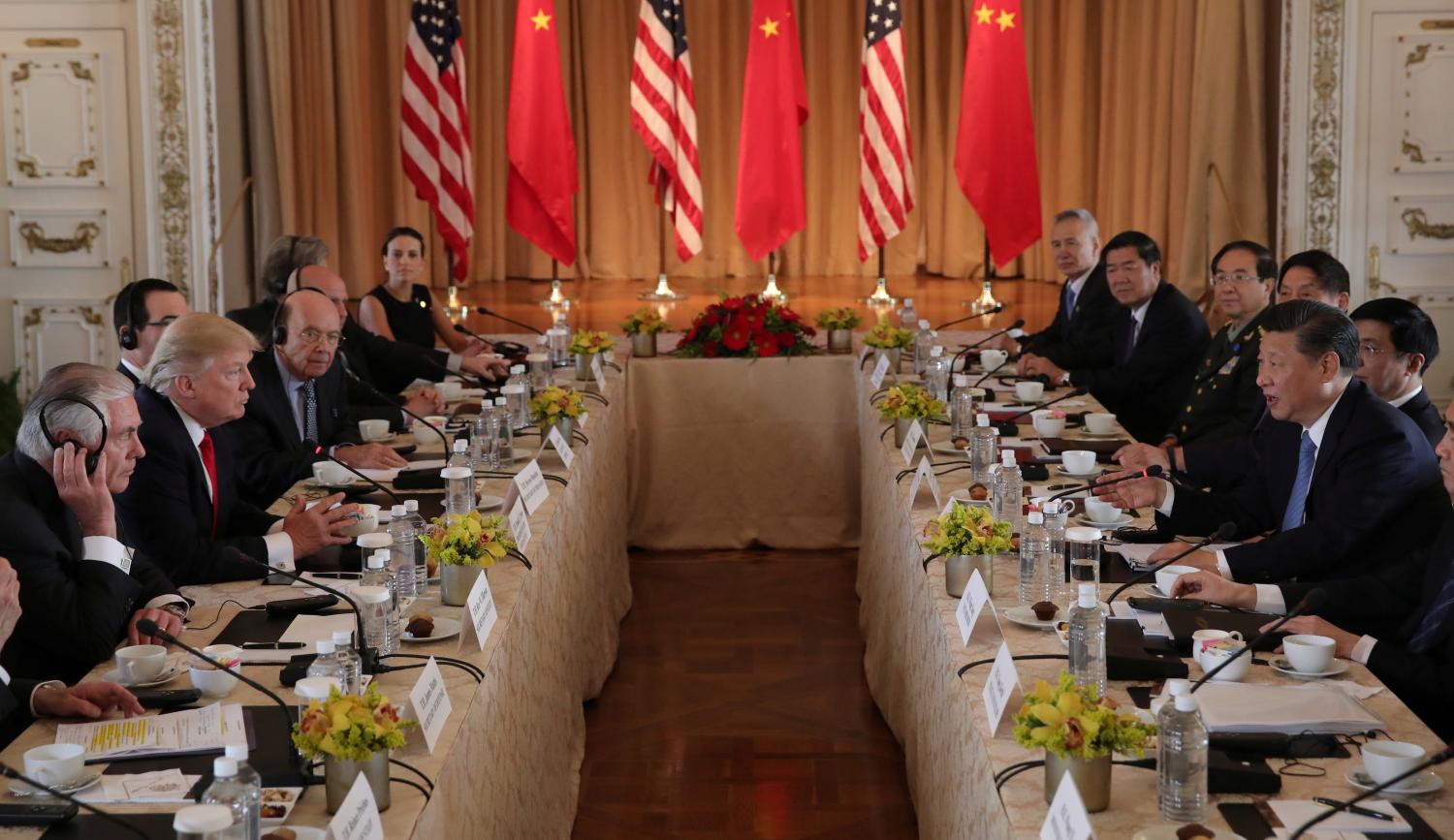
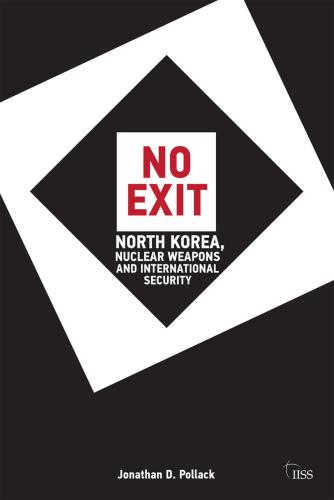

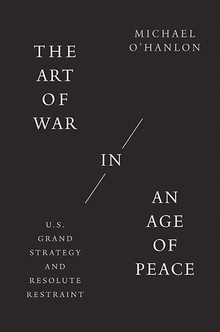
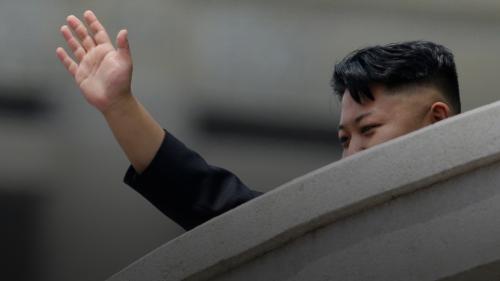
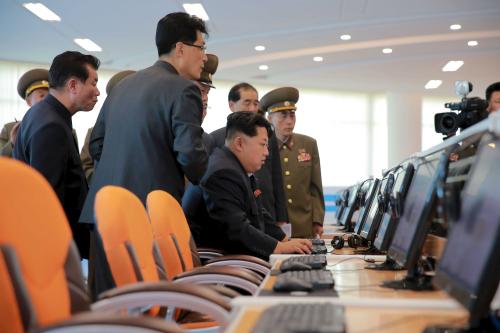
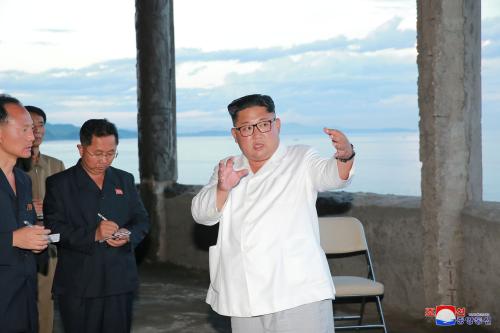
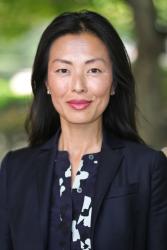

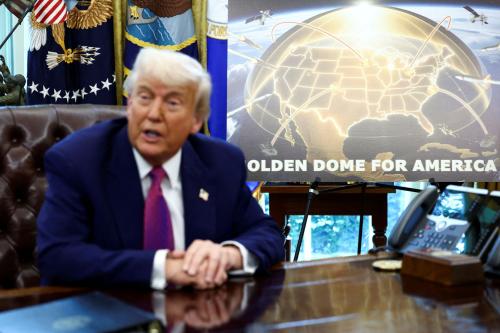
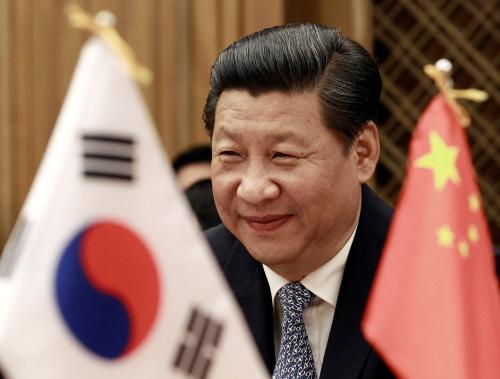
Commentary
In visiting China, Kim Jong-un makes good on New Year’s speech
January 9, 2019